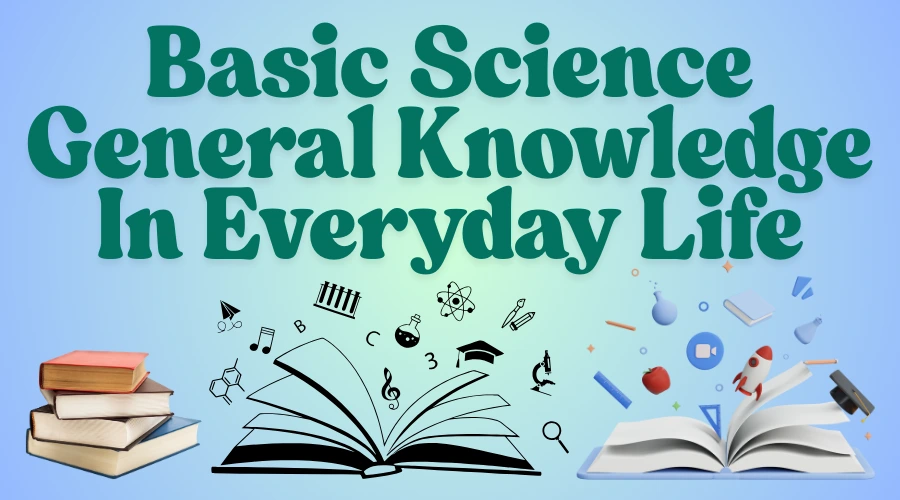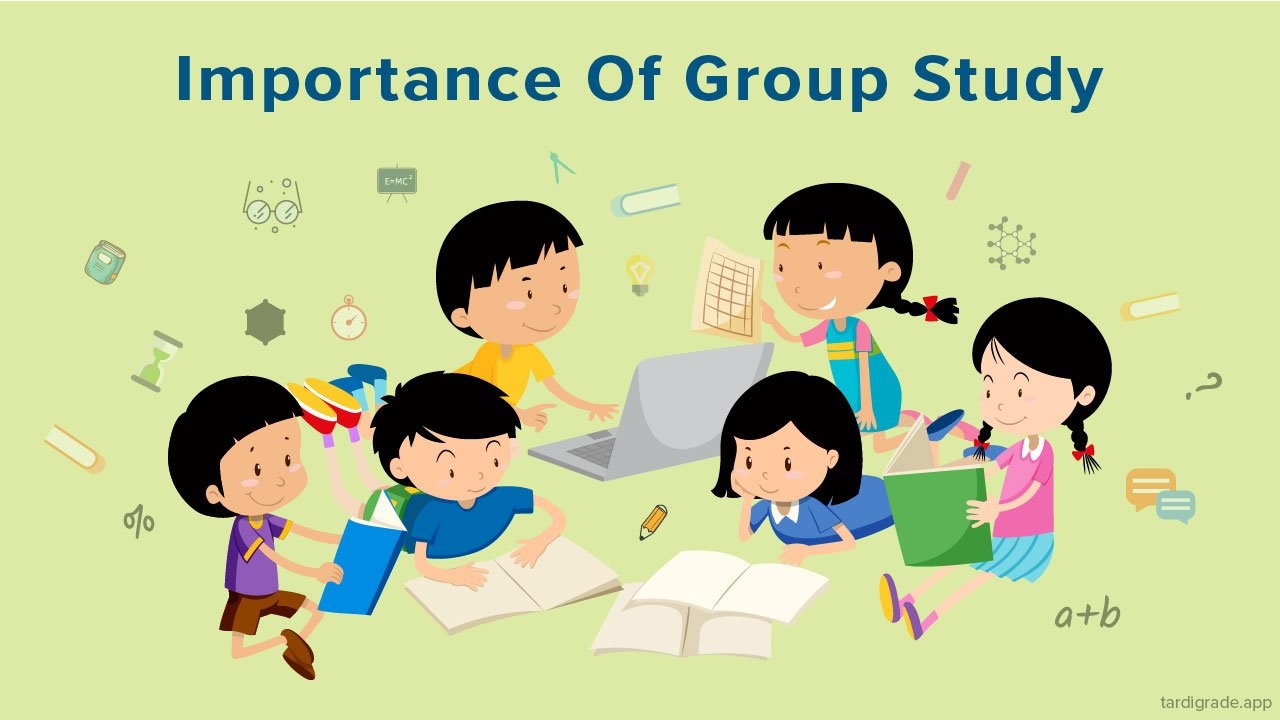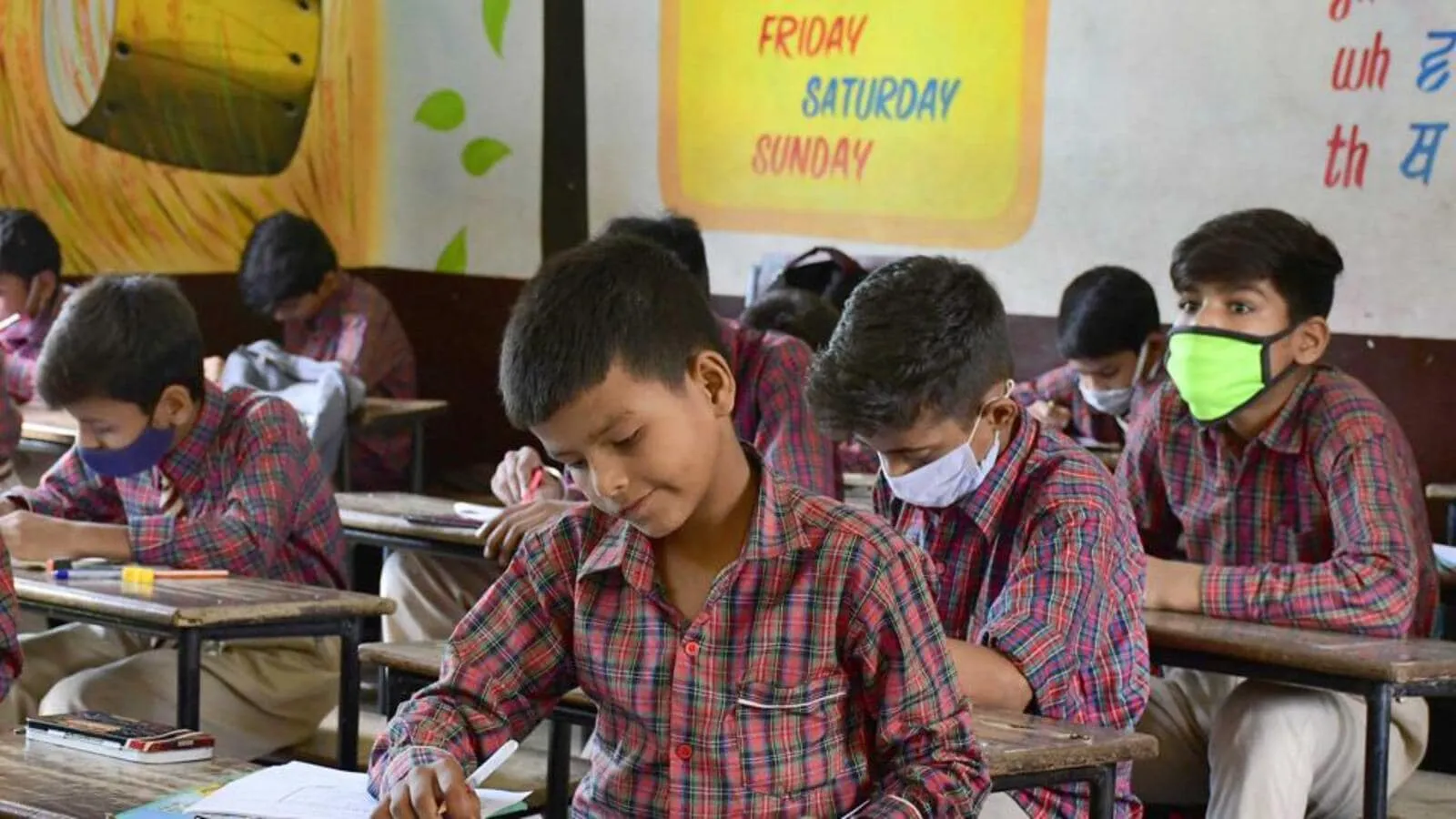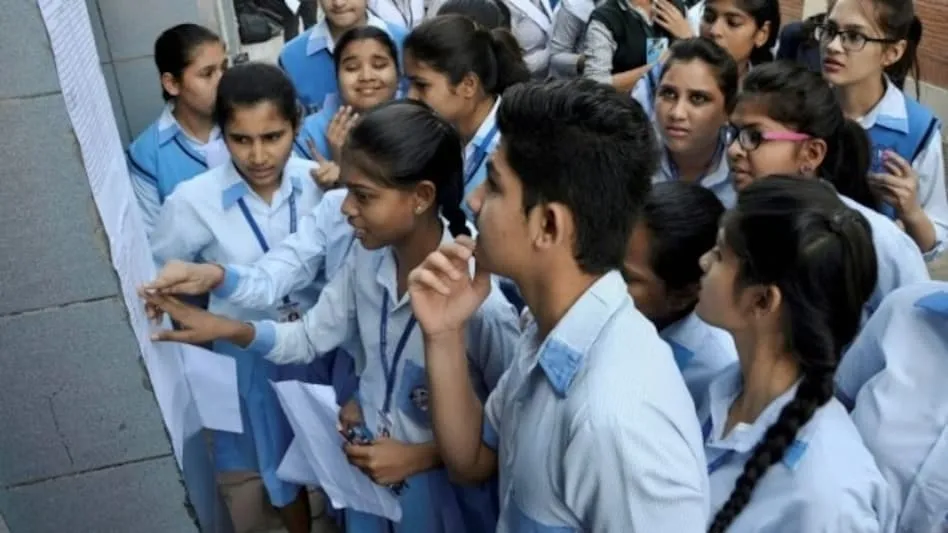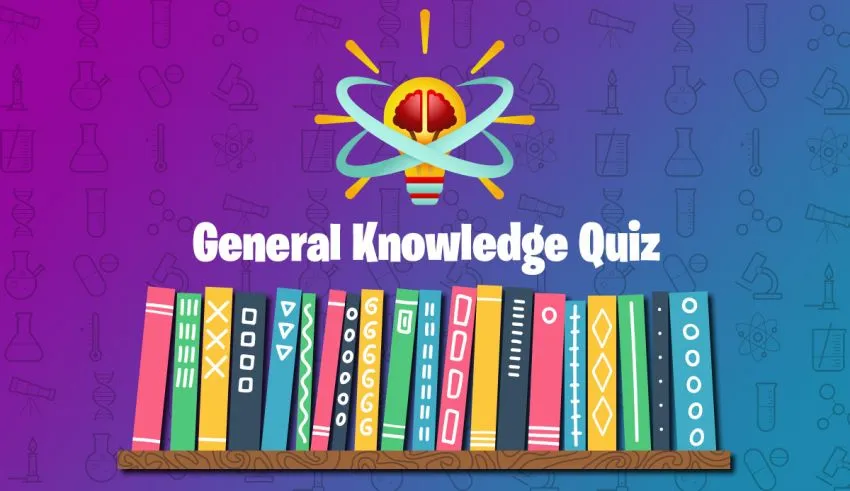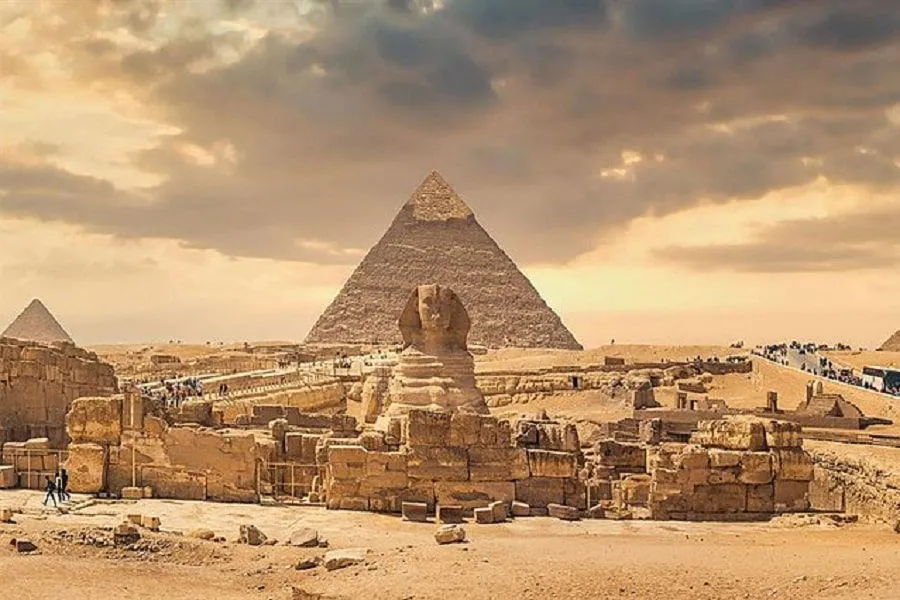Have you ever wondered why the sky is blue or how your refrigerator keeps food cold? I've always been fascinated by how science explains the world around us. Today, I'm excited to share some amazing basic science general knowledge in everyday life that makes our world work!
Basic Science General Knowledge In Everyday Life: The Hidden Magic
Science isn't just something we learn in classrooms—it's everywhere! From the moment we wake up until we go to sleep, scientific principles shape our experiences. Let's explore some fascinating examples! When I was younger, my grandpa showed me how to make a simple volcano using baking soda and vinegar. That little experiment sparked my curiosity about the world. Now I see science in everything around me—from cooking breakfast to watching the stars at night.
Why Does Toast Always Land Butter-Side Down?
Have you ever dropped a piece of toast and noticed it often lands butter-side down? This isn't just bad luck! It happens because of physics:
- Toast usually falls off tables at a height that only allows enough time for a half rotation
- The buttered side is slightly heavier, affecting how it flips
- Gravity pulls the toast downward while it rotates
My little brother and I tested this by dropping toast from different heights. We laughed so much when our kitchen floor got all buttery!
The Science Behind Rainbows After Rain
I remember running outside after a storm when I was 10, amazed by a beautiful rainbow stretching across the sky. Rainbows aren't magic—they're science!
Rainbows appear when:
- Sunlight passes through water droplets in the air
- The water refracts (bends) the light
- Different colors of light bend at different angles
- The bent light reflects back to our eyes
Each color we see has a different wavelength. Red has the longest wavelength, while violet has the shortest. That's why rainbows always appear in the same color order!
10 Science Quiz Questions With Answers To Test Your Knowledge
Let's have some fun with a quick science quiz! See how many you can answer before reading the answers below.
Question 1: Why does ice float in water?
When water freezes, its molecules arrange in a crystal structure that's less dense than liquid water. This makes ice lighter than the same volume of water, causing it to float!
Question 2: What causes thunder?
Thunder happens when lightning heats the air around it super fast—like 50,000°F fast! This rapid heating makes the air expand explosively, creating the booming sound we hear.
Question 3: Why do onions make us cry?
When you cut an onion, you break cells that release a gas called syn-propanethial-S-oxide. This gas irritates our eyes, causing them to produce tears to wash away the irritant.
Question 4: What makes popcorn pop?
Popcorn kernels contain water. When heated, this water turns to steam, building pressure inside until the kernel explodes and turns inside-out!
Question 5: Why is the sky blue?
The sky appears blue because air molecules scatter blue wavelengths of light more than red ones. This scattering of light is called Rayleigh scattering.
Question 6: How do refrigerators keep food cold?
Refrigerators use a special liquid called a refrigerant that absorbs heat from inside the fridge and releases it outside, making the inside colder than the surrounding air.
Question 7: Why do leaves change color in fall?
Leaves contain different pigments. When days get shorter in fall, chlorophyll (the green pigment) breaks down, revealing other pigments like yellow and orange that were there all along!
Question 8: What makes soda fizzy?
The bubbles in soda are carbon dioxide gas dissolved under pressure. When you open the bottle, the pressure decreases, allowing the gas to escape as bubbles.
Question 9: How do glow sticks work?
Glow sticks contain chemicals that produce light when mixed together through a process called chemiluminescence—light produced by a chemical reaction!
Question 10: Why does your voice sound different when recorded?
When you speak, you hear your voice through vibrations in your skull as well as through your ears. Others (and recordings) only capture the sound through air, which sounds different!
Science GK Questions With Answers For Young Explorers
Let's dive deeper into more science gk questions with answers that explain everyday phenomena!
H4: The Mystery of Static Electricity
Have you ever been shocked when touching a doorknob? That's static electricity! When I was younger, I loved shuffling my socks on the carpet and touching my little sister to give her a tiny zap!
Static electricity happens when:
- Two objects rub together
- Electrons move from one object to another
- One object becomes positively charged, the other negatively charged
- When you touch something else, the charges equalize with a spark!
H4: Why Do We See Our Breath on Cold Days?
On chilly winter mornings, I love seeing my breath form little clouds. This happens because:
- Our breath contains warm water vapor
- Cold air can't hold as much moisture as warm air
- When warm breath meets cold air, the water vapor condenses into tiny droplets
- These droplets form the visible "steam" we see
It's the same science behind clouds forming in the sky!
Basic Science General Knowledge That Makes Cooking Fun
Cooking is actually a science lab right in our kitchen! When I help my mom bake cookies, we're doing chemistry experiments that taste delicious.
Why Cookies Spread When Baking
Have you noticed how cookie dough balls flatten in the oven? That's because:
- Butter contains water that turns to steam
- The steam pushes the dough outward
- Heat transfer causes sugar to melt
- Chemical reactions make the cookies brown
My grandma taught me that chilling cookie dough before baking keeps cookies thicker because the butter takes longer to melt!
The Science of Perfect Toast
Making toast involves some amazing science:
- The Maillard reaction happens when heat transforms amino acids and sugars
- This reaction creates hundreds of new flavor compounds
- The bread's moisture evaporates, making it crispy
- Too much heat burns the sugars through caramelization
I've found that the perfect toast takes exactly 2 minutes and 15 seconds in my toaster—I timed it!
Basic Science General Knowledge In Everyday Life: Weather Wonders
Weather affects us every day, and understanding the science behind it helps us make sense of our world.
Why Does It Rain?
I used to think clouds were like big sponges that someone squeezed to make rain! The real process is even cooler:
- Warm air rises, carrying water vapor
- As it rises, the air cools
- Cool air can't hold as much moisture
- Water vapor condenses into droplets
- When droplets get heavy enough, they fall as rain
Last summer, I kept a weather journal for a whole month, tracking clouds and predicting when it would rain!
What Makes Rainbows After Rain
Rainbows appear when sunlight and rain combine in a specific way:
- Sunlight (which contains all colors) enters a raindrop
- The light refracts (bends) when it enters the drop
- The light reflects off the back of the raindrop
- The light refracts again when leaving the drop
- Different colors bend at different angles, creating the rainbow pattern
I once saw a double rainbow after a big storm—the second rainbow forms when light reflects twice inside the raindrops!
Human Body Science Facts That Will Amaze You
Our bodies are incredible machines powered by scientific processes happening every second!
Why Do We Get Brain Freeze?
Have you ever gotten a painful headache when eating ice cream too fast? I certainly have! This happens because:
- Cold food touches the roof of your mouth
- Blood vessels in the palate contract suddenly
- Nearby blood vessels dilate (widen)
- Pain receptors send signals to your brain
- Your brain interprets this as pain in your forehead
I've learned to eat ice cream more slowly or press my tongue against the roof of my mouth to warm it up!
The Science Behind Hiccups
Hiccups used to drive me crazy until I learned what causes them:
- Your diaphragm (the muscle under your lungs) spasms
- This causes you to suddenly inhale
- Your vocal cords snap shut
- This creates the "hic" sound
Scientists think hiccups might be left over from when our ancestors were tadpoles! Their breathing system had hiccups to prevent water from entering their lungs.
Basic Science Principles Behind Technology We Use Daily
The gadgets we use every day work because of amazing scientific principles!
How Touchscreens Know Where You're Touching
I was always curious about how my tablet knew exactly where my finger was touching. Here's how it works:
- The screen has a layer of electrically charged material
- Our bodies conduct electricity
- When you touch the screen, you draw some electricity from that spot
- The device detects where the electrical charge changed
- It responds to that exact location
When I explained this to my little cousin, she started calling herself "Electric Girl" whenever she used a tablet!
Why Microwaves Heat Food So Quickly
Microwave ovens seem like magic, but they use simple scientific principles:
- Microwaves are a type of electromagnetic radiation
- They make water molecules in food vibrate rapidly
- This vibration creates friction
- Friction generates heat
- The heat cooks your food from the inside out
I conducted an experiment comparing how fast water boils in a microwave versus on the stove. The microwave was almost three times faster!
Plants and Animals: Everyday Science Wonders
Nature is full of fascinating science that we can observe right in our backyards!
Why Leaves Change Color in Fall
Each autumn, I love watching the trees turn beautiful colors. The science behind this is amazing:
- Leaves contain several pigments:
- Chlorophyll (green)
- Carotenoids (yellow, orange)
- Anthocyanins (red)
- During summer, chlorophyll dominates
- In fall, plants stop making chlorophyll
- The green color fades, revealing the other colors
I collected leaves of different colors and pressed them in a book to preserve nature's rainbow!
How Seeds Know Which Way to Grow
Have you ever wondered how plants always grow up and roots grow down, no matter how you plant a seed? It's because of:
- Gravitropism: Plants can sense gravity
- Special cells contain heavy starch grains
- These grains settle on the downward side of cells
- This triggers hormones to direct growth
- Roots grow toward gravity; stems grow away from it
My science class did an experiment where we planted seeds in different positions. No matter how we placed them, the stems always grew up and the roots grew down!
Conclusion: Science Makes Our World Amazing
Science isn't just in textbooks—it's all around us! From the food we eat to the weather we experience, basic science general knowledge in everyday life helps explain our fascinating world. I hope this journey through everyday science has sparked your curiosity. The next time you see toast fall butter-side down or watch a rainbow form after rain, you'll understand the amazing science at work! What everyday science mystery fascinates you the most? Perhaps it's why soap bubbles are round or why the sun appears red at sunset. Whatever it is, keep wondering, keep questioning, and keep exploring the scientific wonders that surround us every day!


